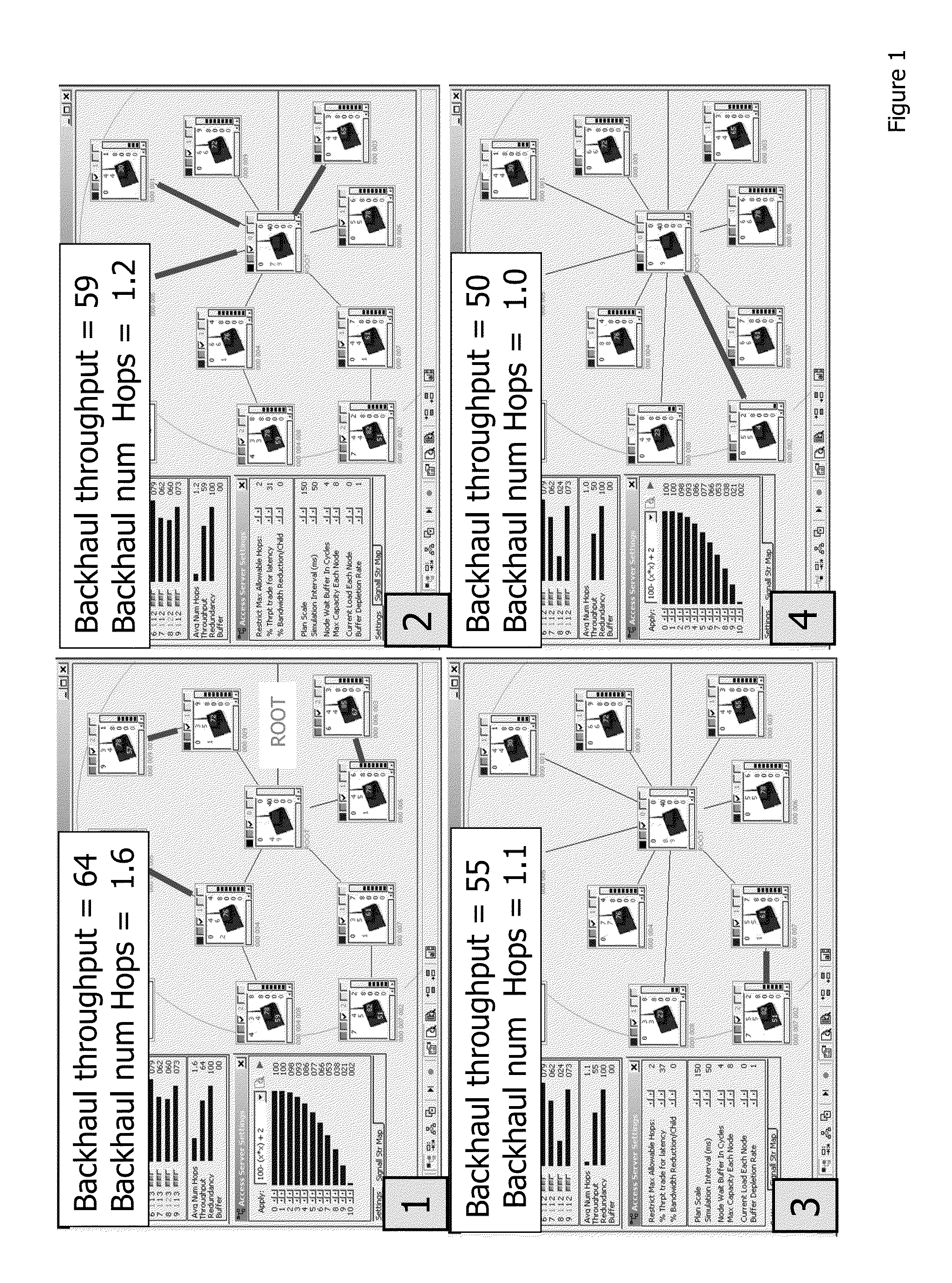Chirp networks
a technology of chirp networks and network protocols, applied in the field of chirp networks, can solve the problems of inefficient devices with current network protocol stacks and unduly increasing their cost of ownership
- Summary
- Abstract
- Description
- Claims
- Application Information
AI Technical Summary
Benefits of technology
Problems solved by technology
Method used
Image
Examples
Embodiment Construction
[0073]The description above and below and the drawings of the present document focus on one or more currently embodiments of the present invention and also describe some exemplary optional features and / or alternative embodiments. The description and drawings are for the purpose of illustration and not limitation. Those of ordinary skill in the art would recognize variations, modifications, and alternatives. Such variations, modifications, and alternatives are also within the scope of the present invention. Section titles are terse and are for convenience only.
Chirp Device Extensions
Raison D'être for Chirp / Pollen Networks
[0074]This section is an elaboration of methods taught in earlier applications, including applications discussing the two-logical radio concept, VoIP data containerization, and software management. Specifically, the following concepts are applied in the embodiments discussed herein:
1. N Logical, Physical device abstracted wireless transceivers, FIGS. 7-9, 13-17, 22
2....
PUM
 Login to View More
Login to View More Abstract
Description
Claims
Application Information
 Login to View More
Login to View More - R&D
- Intellectual Property
- Life Sciences
- Materials
- Tech Scout
- Unparalleled Data Quality
- Higher Quality Content
- 60% Fewer Hallucinations
Browse by: Latest US Patents, China's latest patents, Technical Efficacy Thesaurus, Application Domain, Technology Topic, Popular Technical Reports.
© 2025 PatSnap. All rights reserved.Legal|Privacy policy|Modern Slavery Act Transparency Statement|Sitemap|About US| Contact US: help@patsnap.com



